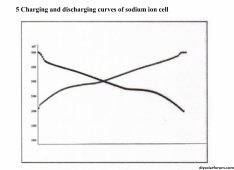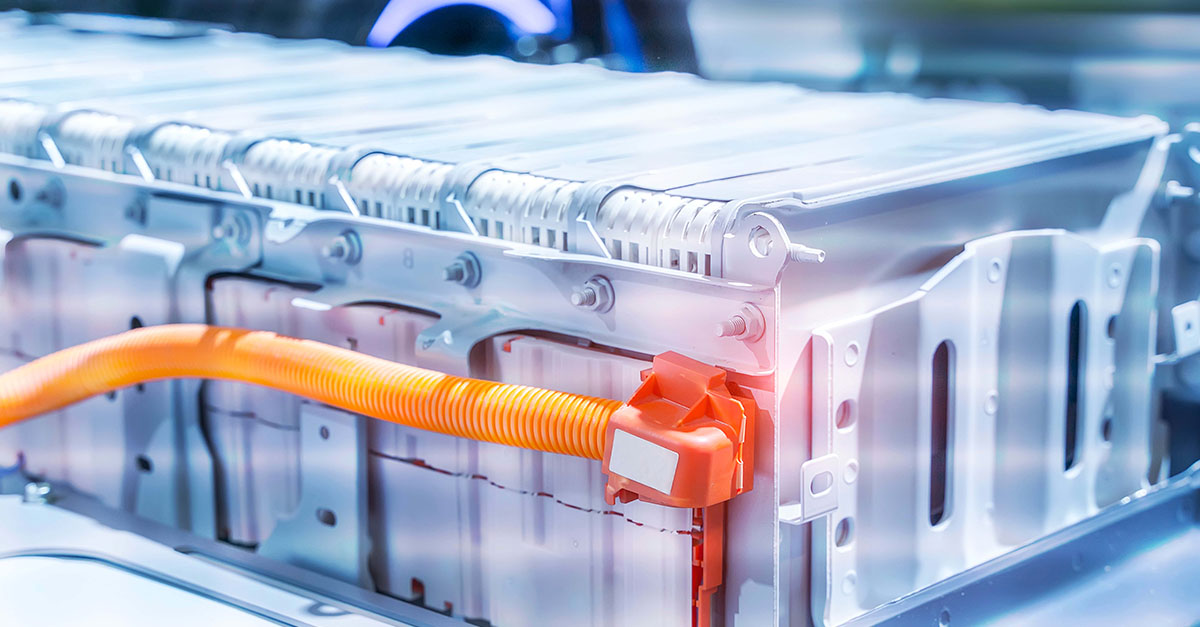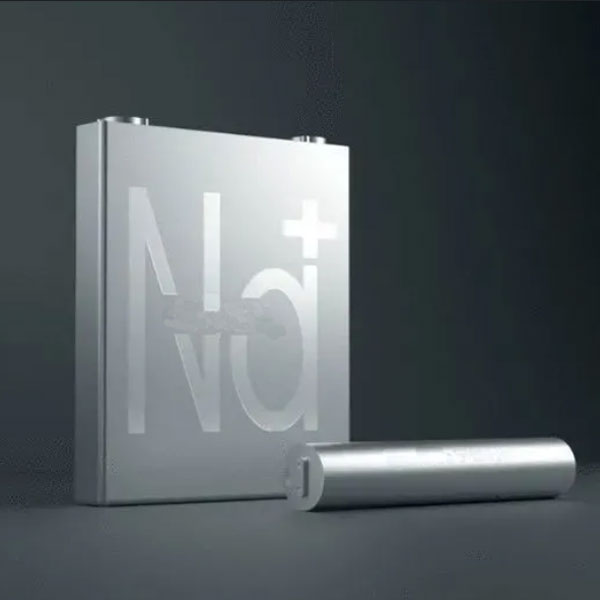I have reviewed that spc sheet, and made some posts on Amy's FB page. Here is my assessment, in comparson to a similar specification and test sheet for the newest EVE LFP 280AH cells (from earlier this year):
The charging rule for these na-ion cells is: contant voltage at 3.95V (at up to .5C, with lower limits applied in high and low teratures), WITH a charging invoked when current fall below .05C. It is unclear to me whether there might a substantial voltage differntial "hump" to push energy into the cells, making lower voltage "float" charging inneffective.
- - -
The LIFESPAN of 4000 cycles is stated with a pretty aggressive 80% energy storage requirement on the cells. But, the cells are allowed to drop to 1.5v in their test procedure, and downstream power-consuming devices might refuse to run at such low voltages. They did not discuss any need for compression of cells
The EVE value for new 280AH cells is 8000 cycles,. But EVE EVE pretty much
demands a minimum of 3000 Netwons (around 306 KgF in sea-level gravity, or 680 lbs) on the large faces of their new 280AH cells within a battery pack assembly. (Their maybe new maximum "recommended" value is all the way up to 7000 Netwons, over 1500 lbs. The minimum instantaneous value before alllowing the new model to fail from ezxcess compression is all the up at 10,0000 Netwons). THEY DO NOT SPECIFY any lifepsan expectation for uncompressed cells. and the specification contains a lot of material concerning this requirememt to place the cells within compressed battery packs. In both cases (EVE LFP and the spec sheet for these sodium-ion cells) they push the cells all the way through the allowed range of SOC (EVE stopping at 2.50 volts): Less aggressive use may allow for longer lifepsans.
- - -
The charge/discharge graph in the first post of this Thread is well-copied, no X-Axis scale or units were provided. The maximum voltaqe shown in the two overlaid graphs is more than 4000 mV (4.00 volts), which can not be reached by charging the cells per instructions. The minimum voltage shown in each curve is also more than 2.00 volts, significiantly higher than than 1.500 rated minimum.
I have no way of knowing the actual SOC remaining at 2.0 volts, and I wonder whether I'd find the capacity and lifepsan of cells to be acceptible my I limited my usage to a more narrow range of operating voltage. (With my LFP, battery packs, I charge to a maximum of 3.50V and apply a minimum cutoof value of 2.9 volts, also using a "float stage" of only 3.20 volts when not travelling and needing high SOC. )
- - -
The temperature limits are similar, but with a bonus of about 10 degrees for charging in low temperatures (at or below freezing). The specification allows SOME charging to occur down to -10C, with the full charge rate (5.C) alreasdy allowed at zero degrrees. My LFP cells can't take anythng at all below freezing, and shouldn't be subjected to the full charging rate (also .5C) until about 8 degrees.
- - -
The ENERGY DENSITY is comparable per kG of mass, but the packing into space is about 50% worse. (The "weigth" of cells per unit volumem is about 50% less, requiring bigger cells to reach the same amount of energy storage). In my application (a travel trailer with extremely limited space for battery packs) that's a pretty severe penalty, I won't be buying these. But the price is decent, and the elimination of increasingly rare 'lithium' from the build requirements might be compelling advantaqes for other persons, and that lithium-free technology might provide even better pricing in the future.






